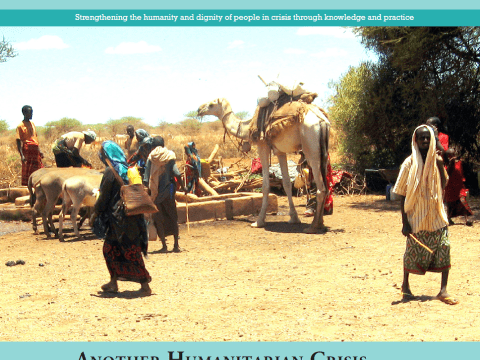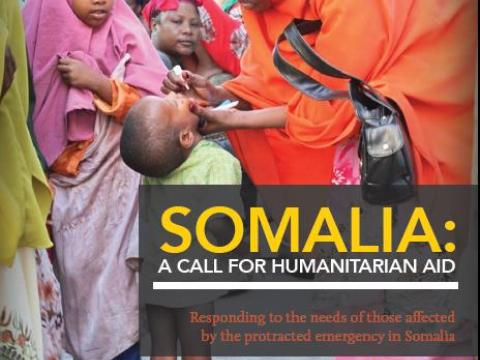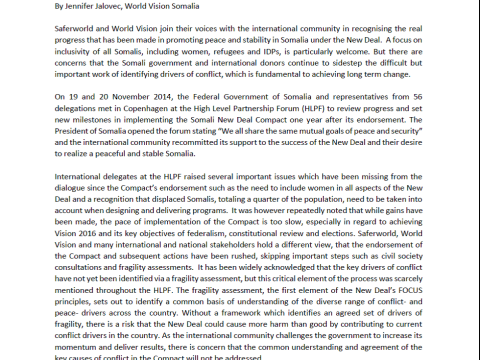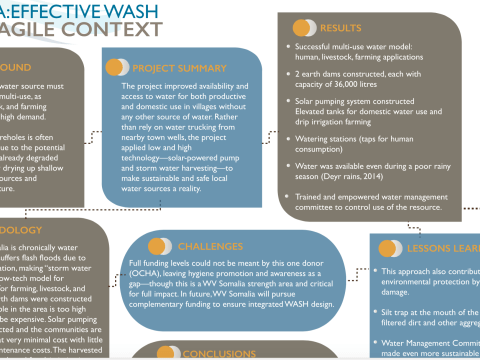Somalia - January 2019 Situation Report
Download- Overall situation: 2018 has seen some improvements in the food security outlook, mainly due to above-average Gu rainfall and sustained humanitarian response. However, such gains are fragile, serious protection concerns persist and humanitarian needs in Somalia remain high. Climatic shocks, armed conflict and violence are key drivers of humanitarian needs and human rights violations. (2019 Humanitarian needs overview, Nov 2018)
- Food Security: Some 4.2 million people are severely food insecure and at risk of starvation. According to FSNAU/FEWS.NET, most northern and central livelihood zones are Stressed (IPC Phase 2), while southern livelihood zones are Minimal (IPC Phase 1) or Stressed (IPC Phase 2). Humanitarian assistance continued to prevent worse outcomes in Guban Pastoral and northwestern Northern Inland Pastoral (NIP) livelihood zones, where Crisis! (IPC Phase 3) and Stressed! (IPC Phase 2) outcomes persist, respectively. Northwest Agro-pastoral and most IDP settlements are also in Crisis (IPC Phase 3).
- Displacements: IDP camps and population verification exercise was carried by the Camp Coordination and Camp Management (CCCM) cluster in January 2019 reporting a total of 391 camps with population of 47,873 Households (323691 individuals). The camps increased from 372 (42032 HH) in September 391 (47873 HH). There are more IDPs coming to Baidoa and less going back.
- Malnutrition: While recent surveys indicate slight improvements in nutrition in a few areas, the situation remains stagnant in many others. This indicates that improved food security has not translated into improved food consumption, dietary energy intake, and overall diet quality and diversity in Somalia. Nearly a million children under-5 years are projected to be acutely malnourished in 2019. (UNOCHA Dec 2018).
For more information, read or download our January 2019 situation report.



